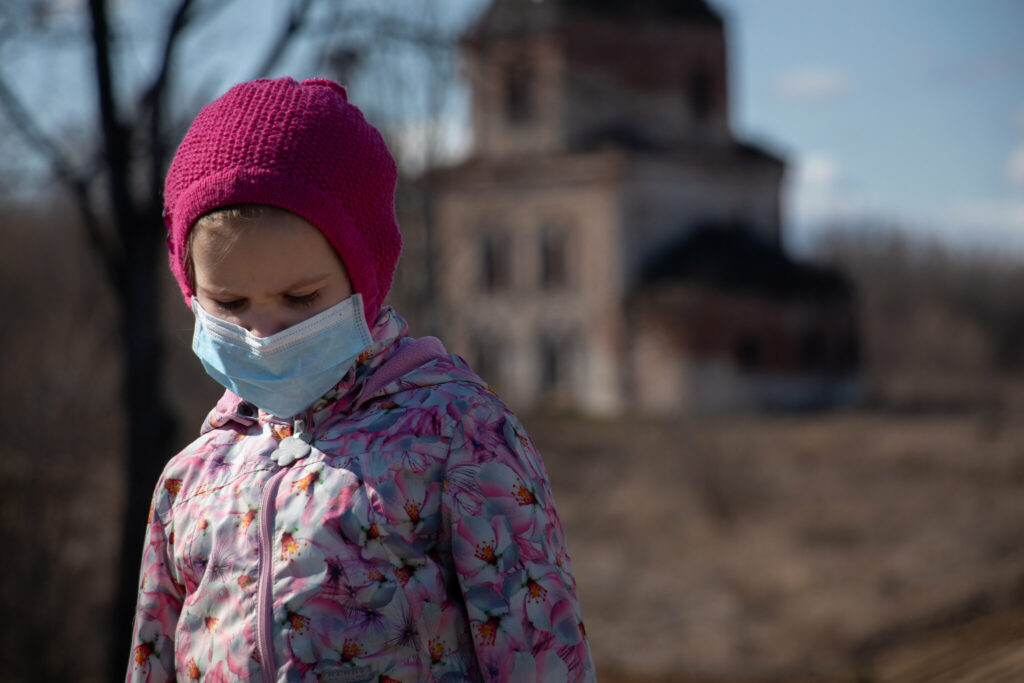Want to save a lot of money and a lot of lives? Protect the wildlife, a new research concludes.
By investing only 2% of what the COVID-19 pandemic is costing us, we could protect biodiversity and prevent the next big one from happening.

Implementing the necessary protection measures would cost somewhere between $22.2 billion and $30.7 billion, the study finds, noting that such efforts are currently severely underfunded. This seems a lot of money, until you put it into perspective. It doesn’t really seem that much when you compare it to the whopping $8.1 trillion in losses resulting from the current pandemic.
Moreover, the larger spending on biodiversity would be almost cancelled out by another benefit of the action — namely, it would cut carbon dioxide emissions and help prevent climate heating. The world has already warmed by 1ºC and this would be just the start of our problems if we continue under the current scenario. Environmental protection measures would be doubly useful, the team adds, especially as the risks are piling up.
“It’s naive to think of the Covid-19 pandemic as a once in a century event,” Professor Andrew Dobson at Princeton University in the US, who led the analysis, told The Guardian. “As with anything we’re doing to the environment, they’re coming faster and faster, just like climate change.”
The researchers are calling for an improvement for the regulation of the wildlife trade, reducing deforestation in 40% in key locations such as the Amazon rainforest, ending wild meat trade in China and disease surveillance and control in wild and domestic animals, among other actions. An estimated budget on how this could be accomplished is presented.

They argued there’s a clear link between the emergence of the novel coronavirus and deforestation, as forest bats likely acted as the reservoirs of Ebola, SARS, and Covid-19. Tropical forests are a “major launchpad” for new viruses that infect humans, they added, claiming new epidemics tend to appear every four or five years. Essentially, protecting forests would serve as a buffer between humans and potentially dangerous viruses.
“Postponing a global strategy to reduce pandemic risk would lead to continued soaring costs. Given the barrage of costly emerging diseases in the past 20 years, we urge that stimulus and other recovery funding include the strategies we have laid out to reduce pandemic risk. Society must strive to avoid some of the impacts of future pandemics,” the researchers wrote.
The study included examples in which monitoring health, wildlife, and the environment in collaboration have shown promise. Central Africa saw outbreaks of the Ebola virus in the late 1990s and early 200s as hunters ate infected meat. Programs were then established to monitor the health of wildlife and the people in several countries. Nevertheless, such programs aren’t persistent enough, the researchers argued. A new outbreak of Ebola was declared in the Democratic Republic of Congo on June 1 by the World Health Organization, just weeks before a previous outbreak in another region of the country was finally over.
The analysis comes after many claims from experts for governments to address the destruction of biodiversity and prevent future pandemics. A previous UN report said the world was only treating the symptoms of the current pandemic but not the environmental cause.
“As the world emerges from the COVID-19 pandemic, economic priorities may shift to deal with soaring demands from unemployment, chronic diseases, bankruptcies, and severe financial hardship of public institutions. Nonetheless, there is substantial evidence that the rate of emergence of novel diseases is increasing,” the researchers wrote.
The study was published in the journal Science.









